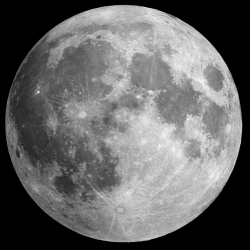
Slight variations in the moon’s gravitational tug have hinted that kilometers-wide caverns lurk beneath the lunar surface. Like the lava tubes of Hawaii and Iceland, these structures probably formed when underground rivers of molten rock ran dry, leaving behind a cylindrical channel.
On Earth, such structures max out at around 30 meters across, but the gravitational data suggest that the moon’s tubes are vastly wider.
Other satellites had found the openings of large lunar lava tubes and caves. The Lunar Reconnaissance Orbiter has now imaged over 200 pits that show the signature of being skylights into subsurface voids or caverns, ranging in diameter from about 16 feet (5 meters) to more than 2,950 feet (900 m), although some of these are likely to be post-flow features rather than volcanic skylights.
The Chandrayaan-1 orbiter imaged a lunar rille, formed by an ancient lunar lava flow, with an uncollapsed segment indicating the likely presence of a lava tube near the lunar equator, measuring about 2 km (1.2 mi) in length and 360 m (1,180 ft) in width
Lunar lava tubes may potentially serve a role as enclosures for human habitats. Tunnels up to 5000 meters in diameter may exist, lying under 40 to 500 meters (130 ft) or more of basalt with a stable temperature of −20 °C (−4 °F). These natural tunnels provide protection from cosmic ray radiation, meteorites, micrometeorites, and ejecta from impacts. They are shielded from the variations in temperature at the lunar surface, which would provide a stable environment for inhabitants.
Lunar lava tubes are typically found along the boundaries between lunar mares and highland regions. This would give ready access to elevated regions for communications, basaltic plains for landing sites and regolith harvesting, as well as underground mineral resources
